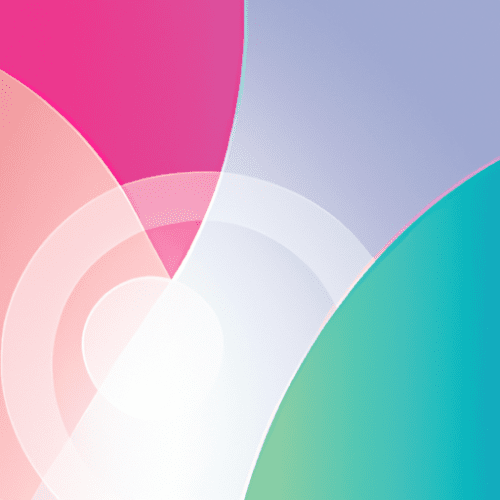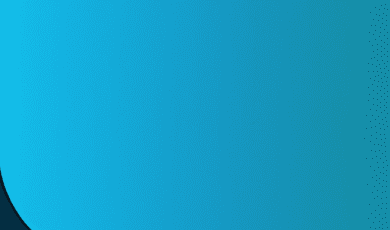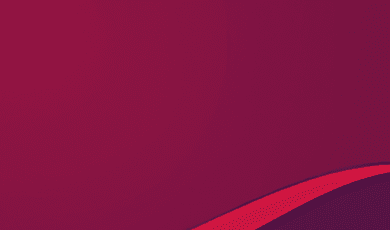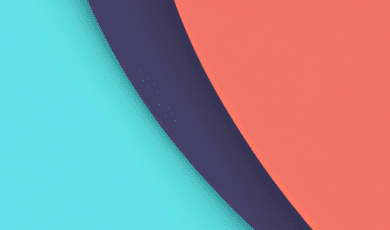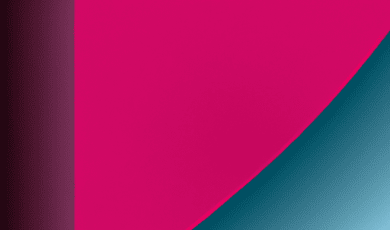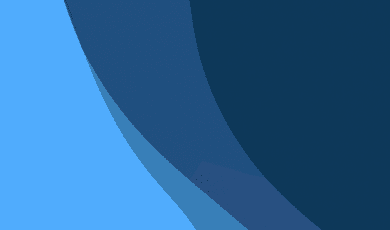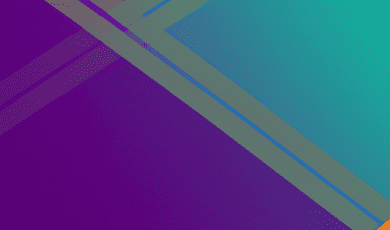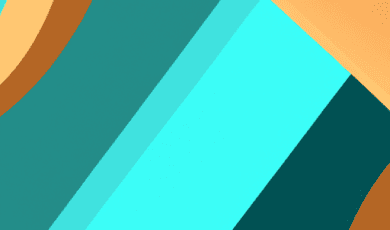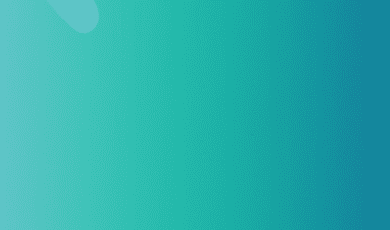Why Maximalism Is Making a Comeback in Branding and Layouts
Discover how bold, expressive design principles are reshaping user experiences and reinvigorating brand identities in 2024.
Introduction: The Bold Return of Maximalism
For years, digital design has gravitated toward minimalism—favoring clean lines, uncluttered interfaces, and a “less is more” philosophy. From airy white space to pared-back typography, minimalism in branding and layouts became the gold standard. It was a reaction to decades of visual overload: a breath of fresh air for both users and brands navigating the increasingly complex digital landscape.
But as attention spans shrink and competition for engagement intensifies, a new (or rather old) approach is beginning to dominate user experience and design conversations: maximalism. With its vibrant colors, intricate patterns, layered textures, and expressive typography, maximalism invites brands and creators to stand out unapologetically.
In this article, we unpack why maximalism is making a comeback in branding and layouts, how it responds to evolving user expectations, and how you can leverage its principles to craft immersive digital experiences that truly resonate.
Main Research: What Fuels the Maximalist Revival?
The Minimalism Fatigue: Users Craving Visual Stimulation
Minimalist interfaces provided relief in an era dominated by ad-filled, chaotic web pages. But the ubiquitous adoption of flat design, monochrome palettes, and oversized whitespace has resulted in a growing sense of homogeneity. Today’s digital users—bombarded by hundreds of sterile, lookalike sites—are seeking novelty and emotional resonance.
- Research from Adobe’s 2023 Digital Experience Survey shows users are 64% more likely to remember a brand if its visual identity is “distinctive” and “energetic.”
- The rise of platforms like TikTok and Instagram have normalized energetic, eclectic expressions—prompting brands to embrace bolder aesthetics online.
Economic & Social Context: Nostalgia and the Desire for Joy
Periods of economic uncertainty have historically seen the rise of flamboyant, optimistic design trends. Maximalism taps into nostalgia, referencing the vibrant visuals of the 80s and 90s or the ornamental richness of Art Deco and Baroque styles. In a world yearning for optimism, maximalist branding channels joy, hope, and playfulness.
“Brands need to do more than just exist; they need to connect. Maximalism opens doors for sensory engagement, sparking emotional responses that linger.”—Erica Liu, UX Director at Studio Ooo
Functional Maximalism: It’s Not Just About Decoration
Contrary to criticism, modern maximalism isn’t simply about clutter or extravagance for its own sake. The comeback is characterized by functional maximalism, where elements serve a clear purpose: guiding attention, illustrating narrative, and embodying brand values.
- Layered layouts with varying textures and motifs help users forge mental maps of a brand’s ecosystem.
- Vibrant color schemes and animation cues direct focus and reinforce hierarchy without sacrificing usability.
The 2024 Dropbox rebrand exemplifies this. Mixing collage-style illustrations, multicolored gradients, and animated microinteractions, the user experience is immersive but intuitive—the maximal elements build character while supporting task flows.
Storytelling through Visual Overload
Brands are leveraging maximalist layouts for more engaging storytelling. Instead of a single hero image and a lone brand message, users are greeted by dynamic compositions: layered images, overlapping shapes, animated backgrounds, and diverse typefaces. This multisensory approach allows users to “read” a brand on multiple levels, deepening connection and recall.
- Gucci’s digital lookbooks employ bold colors, busy backgrounds, and playful typography to evoke a sense of luxury and whimsy.
- Mailchimp’s playful layouts combine chunky illustrations, vibrant icons, and handwritten fonts—making SaaS fun and approachable.
Maximalism and Accessibility
Traditional wisdom suggests that minimalist layouts are more accessible. However, maximalism—when executed thoughtfully—can actually aid certain users:
- High-contrast color palettes improve readability for users with visual impairments.
- Rich iconography and repetition can provide non-verbal cues, supporting neurodiverse individuals.
- Layered navigation (e.g., sticky cards or overlapping CTAs) creates multiple touchpoints, benefiting users who need additional context.
The key is intentionality—maximalist design should never overwhelm but rather guide and delight all users.
Conclusion: How to Harness Maximalism in Your Next Design
As user expectations evolve and brands vie for digital distinctiveness, the resurgence of maximalism in branding and layouts is impossible to ignore. It's not merely a visual trend—it's a strategic response to a world that craves connection, excitement, and authenticity.
To successfully incorporate maximalism into your user experience and design practice, center your approach around these guiding principles:
- Intentional Contrast: Use bold color and texture to create visual hierarchy and guide user flows, not just for ornamentation.
- Story-Driven Layouts: Craft layouts where every layer or element tells a part of your brand story—don’t be afraid to mix media and typographic styles.
- Accessible Engagement: Balance sensory richness with clarity. Use high contrast, clear icons, and maintain logical pathways to ensure inclusivity.
- Emotional Resonance: Design with empathy. Evaluate whether your maximalist elements evoke the desired emotional response, from joy to intrigue.
Maximalism is making a comeback because it resonates with contemporary digital users’ desire for unique, memorable, and emotionally-charged experiences. By creating layouts and brand identities that refuse to disappear into the background, designers and brands can forge deeper, longer-lasting connections.
If your next project feels flat or forgettable, consider infusing a dose of maximalism—purposefully and playfully. The era of expressive, immersive branding is here, offering new opportunities to delight users, strengthen brand recall, and create digital experiences as vibrant as the audiences they serve.

